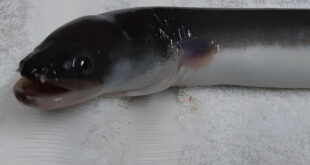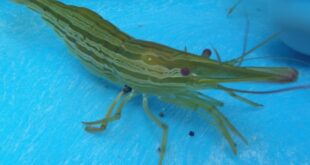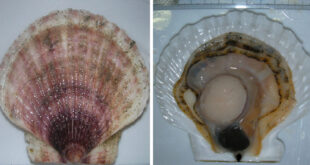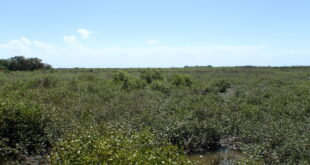By Development Communication Section / ME Aldon

For decades, shrimp farming has become a risky business venture due to many problems besetting the industry.
The Fish Health section reported that SEAFDEC/AQD has developed technology for rapid detection of diseases in shrimp stocks. SEAFDEC/AQD is now developing a technique of culturing shrimp in a “safe season” taking into consideration factors like temperature, photoperiod and bird migration. Optimizing the use of probiotics is also being prioritized for implementation in 2018.
The shrimp broodstock development team is now into production of good quality fry. The team will demonstrate the technology of an improved scheme of broodstock selection by thorough screening in different stages from grow-out to broodstock development. The quarantine and biosecurity measures are now being put in place and refined.
The nutrition and feed development team, on the other hand, is set to develop low-cost diets using alternative local feed ingredients that could possibly lower the cost by 40% compared to commercial feeds.
Finding an ideal diet for shrimp is a recurring concern of farmers and operators. SEAFDEC/AQD is looking to collaborate with feed millers for the large-scale production of low-cost feeds.
Despite the high production cost of shrimp farming, the promise of high profits can be tempting. The local market can command a price ranging from Php 400 to 600 per kilogram. The varied price depends on size, freshness, site, and season.
SEAFDEC/AQD vows to revive the shrimp industry in the Philippines and to make it globally-competitive in the world market. During the National Shrimp Congress held in Bacolod City recently, the strategy suggested that may work for the Philippines is to produce white shrimp for the domestic market and tiger shrimp for the export market. Shrimps can also be cultured along with other high-priced species like siganid or rabbitfish and mangrove crab.

 SEAFDEC/AQD Southeast Asian Fisheries Development Center | Aquaculture Department
SEAFDEC/AQD Southeast Asian Fisheries Development Center | Aquaculture Department



